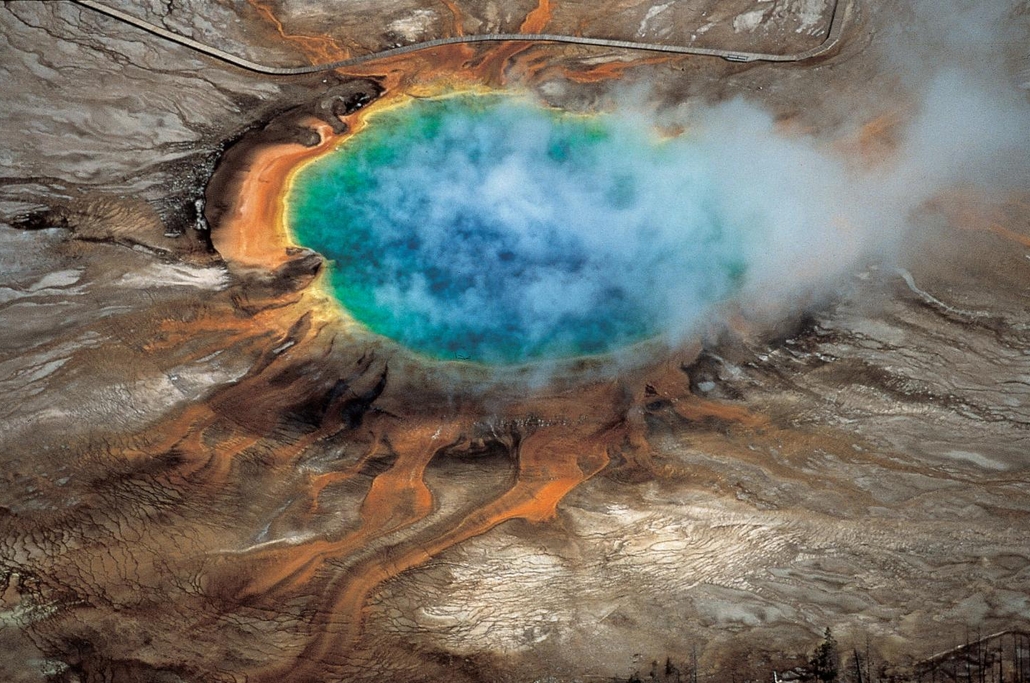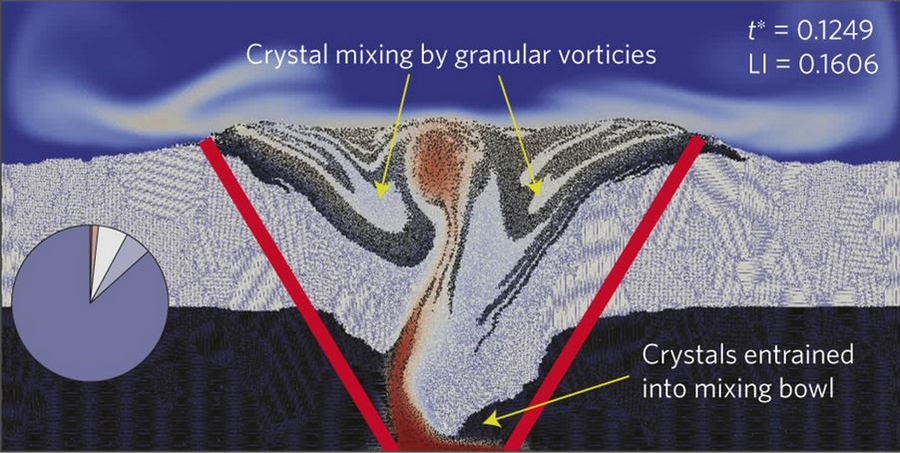Boise State University geophysics researchers have created a new way to study fractures by producing elastic waves, or vibrations, through using high-intensity light focused directly on the fracture itself.
The new technique developed in the Physical Acoustics Lab at Boise State may help determine if there is a fluid, such as magma or water, or natural gas inside fractures in the Earth.
Typically, scientists create sound waves at the surface to listen for echoes from fractures in the ground, but this new technique could provide more accurate information about the cracks because sound does not have to travel to the fracture and back again. The new technique aims to enhance scientists’ abilities to image faults in the Earth, including those man-made through the process of hydraulic fracturing, or fracking.
The new method is explained in a paper that appears online in the journal Physical Review Letters.
“These concepts are of great importance in earthquake dynamics, but also in exploration of hydrocarbons,” said study coauthor Thomas Blum, a Boise State doctoral student. “If we can understand, for example, the microscopic structure of fracture points using this technique, we might be able to learn how, exactly, earthquakes happen. Scientists do not yet fully understand the structure of the faults, so if we could remotely sense the structure of faults, we might be able to learn more.”
Blum and Kasper van Wijk, associate professor of geosciences at Boise State, came up with the new technique by focusing laser light directly onto a fracture inside a transparent sample to create elastic waves. The researchers proved that laser-based ultrasonic techniques can “excite,” or cause vibrations, in the fracture. The result – jointly obtained with scientists at Colorado School of Mines and ConocoPhillips – opens up the possibility of measuring variations in the fracture and diagnosing the mechanical properties of fractures by directly exciting them.
Source: Boise State University





